
Roots
To journey into the heart of textured hair is to trace an ancestral path, a winding road back through time where each coil and kink tells a story, whispers secrets of survival, and holds the quiet strength of generations. It is to know that our strands are not mere adornment. They are living archives, imbued with the collective memory of those who came before us, guardians of a heritage that transcends continents and centuries. When we speak of protective styles, we speak of more than a passing trend.
We speak of a wisdom passed down through hands that knew intimately the nuances of these remarkable hair forms. These styles are the very language of care, born from a deep understanding of textured hair’s unique biological makeup and its sacred place in cultural identity. They are, at their core, an ode to resilience, a continuous practice that acknowledges the vulnerabilities of our hair while celebrating its unmatched capacity for beauty and growth.

Hair Anatomy And Ancestral Views
The very architecture of textured hair, with its elliptical cross-section and its characteristic helical twist, renders it distinct. This shape creates natural points of weakness along the hair shaft, making it more prone to breakage than straighter hair types. Furthermore, the coiling structure means that the scalp’s natural oils, sebum, struggle to travel down the entire strand, leaving the ends particularly vulnerable to dryness. This biological reality, though articulated by modern science, was intuitively understood by our ancestors.
They observed, learned, and devised methods to counteract these tendencies, long before microscopes revealed the secrets of the cuticle. Their practices were not random acts of beauty; they were sophisticated responses to hair’s inherent needs, a profound dialogue between human ingenuity and the natural world.
Consider the practices of communities across pre-colonial Africa, where hair was rarely left uncovered or unmanipulated. Styles were rarely about leaving hair completely exposed. Instead, they involved braiding, twisting, coiling, and wrapping, methods that inherently minimized environmental exposure and daily friction.
This ancestral knowledge, honed over millennia, forms the bedrock of what we now classify as protective styling. These early traditions show an empirical understanding of hair health, developed through observation and passed down orally from one generation to the next.
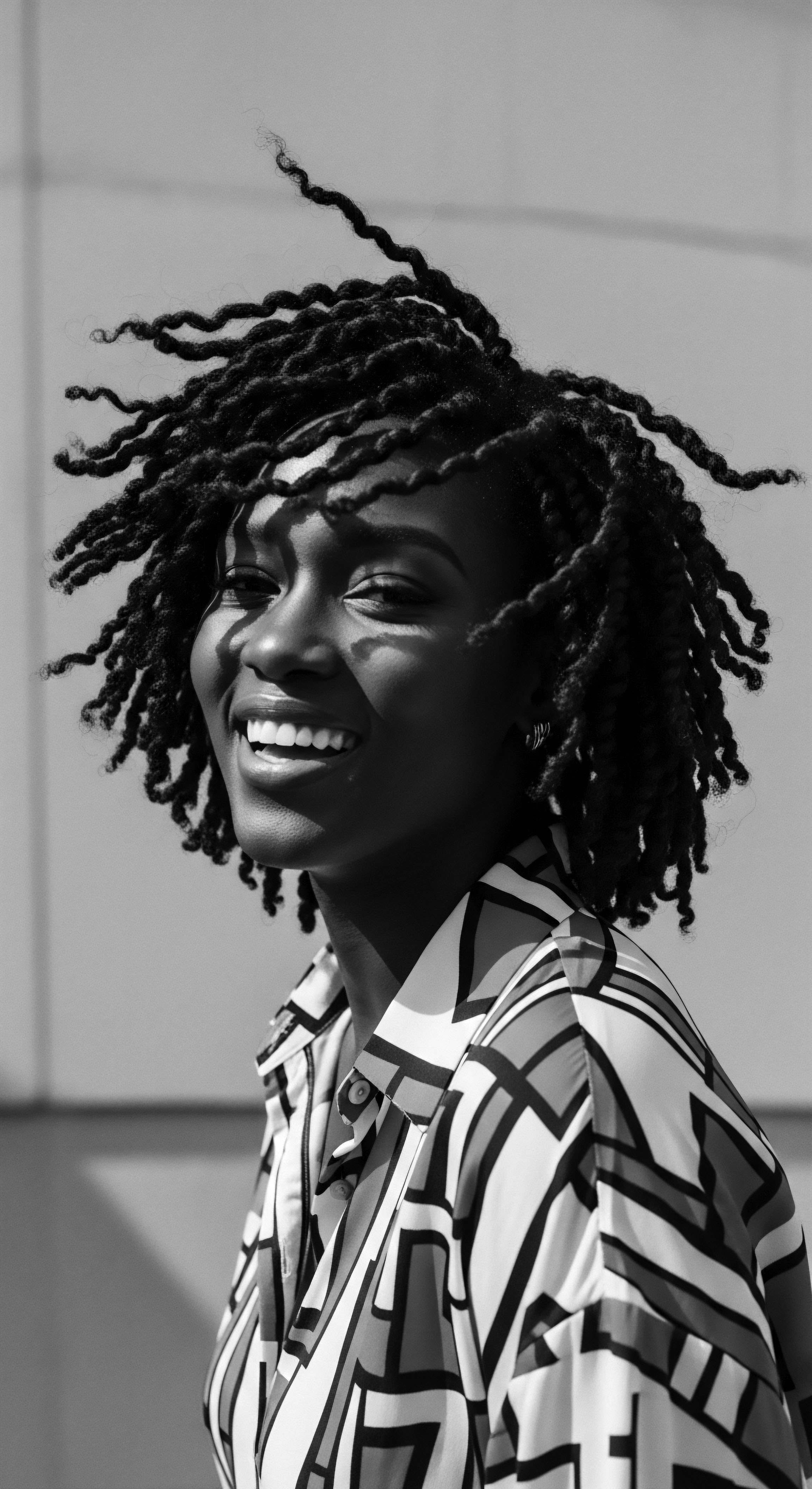
Textured Hair Classification Systems And Cultural Identity
Modern classification systems, often categorizing hair into types 3 and 4 with sub-classifications like A, B, and C, attempt to define the spectrum of coils and curls. While these systems offer a scientific framework, it is vital to acknowledge their relatively recent origin and their limitations in capturing the cultural and historical depth of textured hair. For centuries, across African societies, hair classification was not a matter of numerical charts but of social markers, spiritual connections, and artistic expression.
Hairstyles conveyed belonging. They communicated social status, marital status, age, and even tribal affiliation. A style could denote a rite of passage, a period of mourning, or a celebration. This profound connection meant hair was a living narrative, a visual language understood within communities.
The very act of styling became a communal activity, a time for sharing stories, wisdom, and strengthening bonds. This communal aspect is a testament to how deeply intertwined hair care was with social cohesion, far beyond its biological attributes.
Protective styles are deeply rooted in ancestral wisdom, embodying a profound understanding of textured hair’s unique biology and its central role in cultural identity.

The Essential Lexicon of Textured Hair
Our contemporary vocabulary surrounding textured hair continues to draw from a blend of scientific terms and historically rich cultural expressions. Words like Coily, Kinky, and Afro describe texture, while terms such as Cornrows, Braids, and Locs speak to styling methods that have endured for centuries. These traditional terms carry the weight of history, reflecting the ingenuity and artistry of those who pioneered these practices. The term “protective style” itself encapsulates a function that has always been paramount ❉ safeguarding hair from environmental aggressors and manipulative practices that could lead to breakage.
- Cornrows ❉ Ancient braiding patterns, often close to the scalp, with origins dating back thousands of years in various African cultures, used for identification and cultural expression.
- Locs ❉ Free-formed or cultivated sections of hair, deeply significant in many spiritual and cultural traditions, especially within Rastafari, symbolizing strength and connection to higher power.
- Bantu Knots ❉ A West and Southern African styling technique involving coiling sections of hair into small, tight buns, a method used for both styling and setting curls.

Hair Growth Cycles And Influencing Factors
Hair grows in cycles ❉ anagen (growth), catagen (transitional), and telogen (resting). While the length of these cycles varies from person to person, protective styles historically optimized for length retention by minimizing mechanical stress and environmental exposure. Traditional diets and access to nutrient-rich flora also played a significant part in hair health.
Ancestral communities understood that what nourished the body also nourished the hair. They consumed foods rich in vitamins and minerals and utilized indigenous botanicals for direct application.
| Era/Context Pre-Colonial Africa |
| Hair Care Focus Cultural expression, social status, communal bonding, health |
| Protective Styling Connection Braiding, threading, intricate patterns; styles that conveyed meaning and preserved hair from elements. |
| Era/Context Transatlantic Slave Trade |
| Hair Care Focus Survival, resistance, identity preservation, practicality |
| Protective Styling Connection Hair shaved as dehumanization, but secret braiding for communication, hiding seeds; headwraps for protection and coded messages. |
| Era/Context Post-Emancipation to Mid-20th Century |
| Hair Care Focus Assimilation pressures, hygiene, conformity to Eurocentric standards |
| Protective Styling Connection Relaxers, hot combs became prevalent, but protective methods like pinning, rolling were still used for preservation alongside straightened styles. |
| Era/Context Mid-20th Century & Beyond (Natural Hair Movement) |
| Hair Care Focus Reclaiming identity, self-love, celebrating natural texture, health |
| Protective Styling Connection Resurgence of braids, locs, twists as symbols of cultural pride; recognition of scientific benefits of minimal manipulation. |
| Era/Context The evolution of hair care practices for textured hair reflects a continuous dialogue between external pressures and an enduring commitment to heritage and self-preservation. |
The use of locally sourced ingredients, such as Shea Butter from the karite tree or various African botanical oils, provided crucial moisture and lubrication to hair that, by its very structure, dries quickly. This proactive approach to care, deeply integrated into daily life and communal ritual, ensured the vitality and strength of textured hair, allowing it to reach remarkable lengths and remain resilient despite demanding environments. It truly stands as a testament to profound traditional ecological knowledge, where the interplay of local flora and the hair’s unique needs created a truly sustainable and effective care system.

Ritual
The practice of protective styling transcends mere aesthetics. It stands as a profound ritual, a testament to continuity across time, a living echo of ancestral hands meticulously tending to hair. It is within these rituals that the art and science of textured hair truly merge, where techniques passed down through generations are understood anew through the lens of modern understanding, all while honoring the deeply rooted heritage they carry. The very act of braiding, twisting, or coiling a loved one’s hair has always been a conduit for connection, a silent language spoken through touch, affirming identity and community.
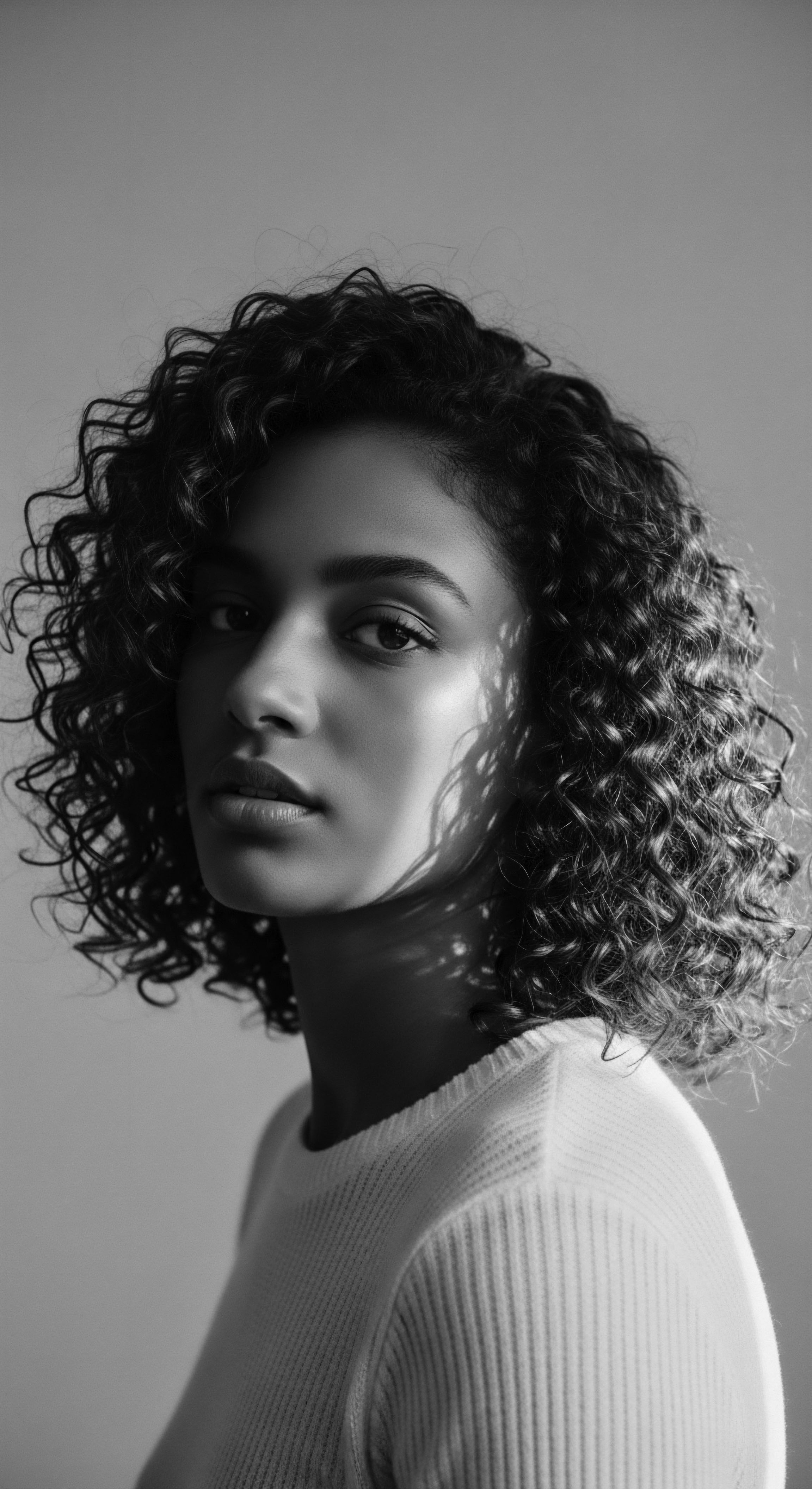
Protective Styling Encyclopedia And Ancestral Roots
The vast range of protective styles we recognize today carries ancient blueprints within their very construction. Box Braids, Cornrows, and Twists are not inventions of recent times; their foundational principles, their geometric precision, and their efficacy in preserving hair health stem directly from African traditions that date back thousands of years. These styles were originally functional, designed to protect hair from the sun, dust, and daily activity, while also serving as complex visual markers of status, wealth, and tribal affiliation. The ancestral genius behind these styles lay in their ability to minimize manipulation of the delicate hair strands, reducing breakage and thereby promoting length retention, a physical benefit now validated by contemporary hair science.
This historical continuity is particularly evident in the resilience of these styles through periods of immense cultural disruption. During the transatlantic slave trade, when many African hair traditions were suppressed or stripped away, styles like cornrows persisted, sometimes serving as coded maps for escape or as hidden compartments for seeds and sustenance. This adaptation speaks to the inherent protective quality of these styles, even under the most brutal conditions, and their profound symbolic power as acts of quiet resistance and cultural preservation.

Natural Styling And Definition Techniques
Beyond the structured form of braids and twists, natural styling for textured hair also encompasses techniques that enhance the hair’s intrinsic curl pattern while offering a degree of protection. Bantu Knots and Coil Outs, for instance, are methods that originated in African communities. They are traditionally used not only as temporary protective styles but also as setting techniques to create defined, elongated curls without heat. This approach speaks to a deeper connection with the hair’s natural state, working with its inherent qualities rather than against them.
The ritual of preparing hair for these natural styles often involves generous application of traditional butters and oils, like Shea Butter or Coconut Oil, which were (and remain) staples for their moisturizing and sealing properties. These ingredients contribute to the hair’s resilience, making it more pliable and less prone to tangling during the styling process, further reinforcing the protective aspect.
The enduring practicality and cultural significance of protective styles are rooted in their capacity to preserve hair health while communicating identity and lineage.

Wigs And Hair Extensions Mastery
The use of wigs and hair extensions, often considered modern styling elements, also possesses a rich historical and cultural footprint within textured hair heritage. Ancient Egyptians, for example, wore wigs not only as symbols of status and beauty but also for practical reasons, including sun protection and hygiene. In many African societies, hair adornments and extensions from natural fibers or animal hair were used to supplement natural hair, enhancing elaborate styles and signifying social standing.
The continuation of this practice in the diaspora, especially among Black women, represents a multifaceted legacy. Wigs and extensions serve as significant protective tools, allowing the wearer to minimize manipulation of their natural hair and shield it from environmental damage, while simultaneously offering versatility in expression. This duality of function—protection and aesthetic transformation—aligns perfectly with the historical context, where hair was always a canvas for both practicality and profound cultural statement.

The Complete Textured Hair Toolkit
The tools used for textured hair care, from ancestral combs to modern implements, illustrate a lineage of innovation driven by the unique needs of curls and coils. Early combs, often crafted from wood or bone, were designed to navigate the density and curl of textured hair without causing undue breakage. These were not simply functional items but often works of art, sometimes adorned with cultural symbols.
The simple human hand, too, has always been a primary tool. The fingers, gentle and discerning, are ideal for detangling and applying products, a method often passed down through familial lines, emphasizing a tender approach to hair care. This hands-on tradition stands as a foundational element of protective styling, acknowledging that minimal and careful manipulation is paramount for hair health.
- Wide Tooth Comb ❉ Essential for gently detangling wet or damp textured hair, minimizing breakage, a modern descendant of coarser traditional combs.
- Satin or Silk Bonnet/Scarf ❉ Crucial for nighttime protection, reducing friction against pillows and preserving moisture, a practice with deep historical roots in preserving styled hair.
- Sectioning Clips ❉ Aids in organizing dense textured hair during styling and detangling, reflecting the methodical approach necessary for intricate protective styles.
The evolution of these tools, from hand-carved combs to smooth satin coverings, reflects a continuous quest for effective and gentle methods of care. Each tool, whether ancient or contemporary, plays a part in supporting protective practices, underscoring the timeless nature of this approach to textured hair.

Relay
To truly comprehend the timelessness of protective styles, we must consider how ancestral wisdom and contemporary scientific insights engage in a continuous relay, each informing and validating the other. This dynamic interplay showcases how what was once intuitive practice, born of necessity and cultural depth, finds its explanation in the very biology of our strands and its affirmation in modern research. It is a dialogue that extends beyond mere maintenance, reaching into the profound realms of identity, self-determination, and a living heritage that adapts while remaining steadfast.

Why Do Protective Styles Safeguard Length And Health?
The primary biological aim of protective styles is to reduce external aggressors and minimize mechanical manipulation. Textured hair, by its very nature, is prone to dryness and breakage due to its unique structural characteristics. Its elliptical shape and numerous curl points make it more susceptible to friction-induced damage and impedes the natural distribution of sebum from the scalp to the ends of the hair shaft. Protective styles mitigate these vulnerabilities by effectively tucking away the hair’s most fragile parts—the ends—and minimizing exposure to environmental stressors such as wind, sun, and abrasive fabrics.
Research consistently demonstrates that less manipulation leads to less breakage, which directly contributes to length retention. A study published in the Journal of Southern History by White and White (1995) highlighted how enslaved individuals, often facing conditions that made consistent hair care impossible, utilized headwraps and basic braiding to preserve their hair, a testament to the essential protective function even in dire circumstances. This historical adaptation aligns with modern trichological understanding ❉ reducing daily styling, combing, and brushing significantly lessens wear and tear on the hair cuticle. When hair is left undisturbed in braids, twists, or cornrows for extended periods, it thrives in an environment conducive to growth because its delicate structure is shielded from constant friction and pulling.
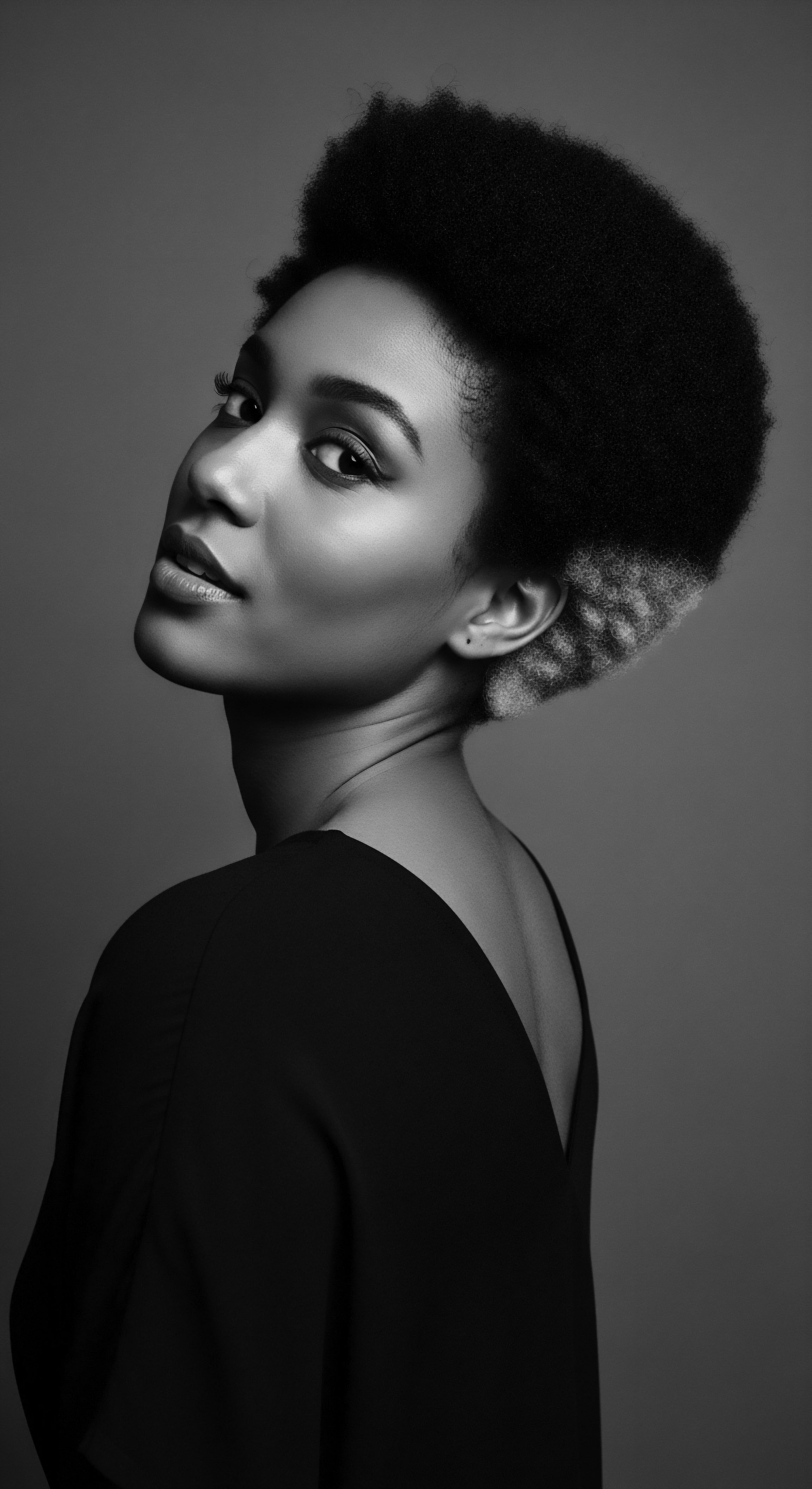
Building Personalized Textured Hair Regimens From Ancestral Knowledge?
A truly holistic hair regimen draws its strength from both ancestral wisdom and contemporary scientific understanding. Traditional African hair care practices emphasized moisturizing ingredients and gentle handling, principles that remain paramount today. For instance, the enduring use of ingredients like Shea Butter (Vitellaria paradoxa) across West Africa for centuries underscores an inherent understanding of its emollient properties, its capacity to seal moisture into hair strands.
Modern science validates this, recognizing shea butter’s rich fatty acid profile that creates a protective barrier. Similarly, the meticulous application of various plant-based oils and herbal infusions, such as those derived from Chebe Powder (used by Basara women in Chad for length retention) or Moringa (Moringa oleifera), points to sophisticated traditional botanical knowledge aimed at strengthening hair and promoting scalp health.
Developing a personalized regimen involves recognizing one’s unique hair porosity and density, and then selecting products and practices that mirror the ancestral focus on moisture, strength, and minimal manipulation. This means incorporating deep conditioning treatments, employing leave-in conditioners, and regularly sealing moisture with an oil or butter, all practices that echo the historical use of natural emollients.

The Nighttime Sanctuary And Bonnet Wisdom
The nighttime routine holds particular significance in the care of textured hair, and the humble bonnet or headwrap stands as a powerful symbol of this ritualistic protection. Historically, head coverings served multiple purposes across African societies, from signifying status to offering spiritual protection. During slavery, the headwrap became a necessary tool for hygiene and protection in harsh working conditions, and also a symbol of quiet defiance and identity.
Scientifically, the benefit of a satin or silk bonnet is clear ❉ these smooth fabrics reduce friction between hair and coarser materials like cotton pillowcases. Cotton absorbs moisture from hair, leading to dryness, frizz, and breakage, while satin and silk allow hair to glide, preserving moisture and the integrity of styled hair. This modern understanding provides a biological explanation for a practice that has been passed down through generations, a testament to inherited wisdom that predates the scientific articulation of its benefits. The very act of tying on a bonnet before bed transforms into a conscious step of self-care, a continuity of a practice that protected not only hair but also a sense of self and heritage for those who came before.
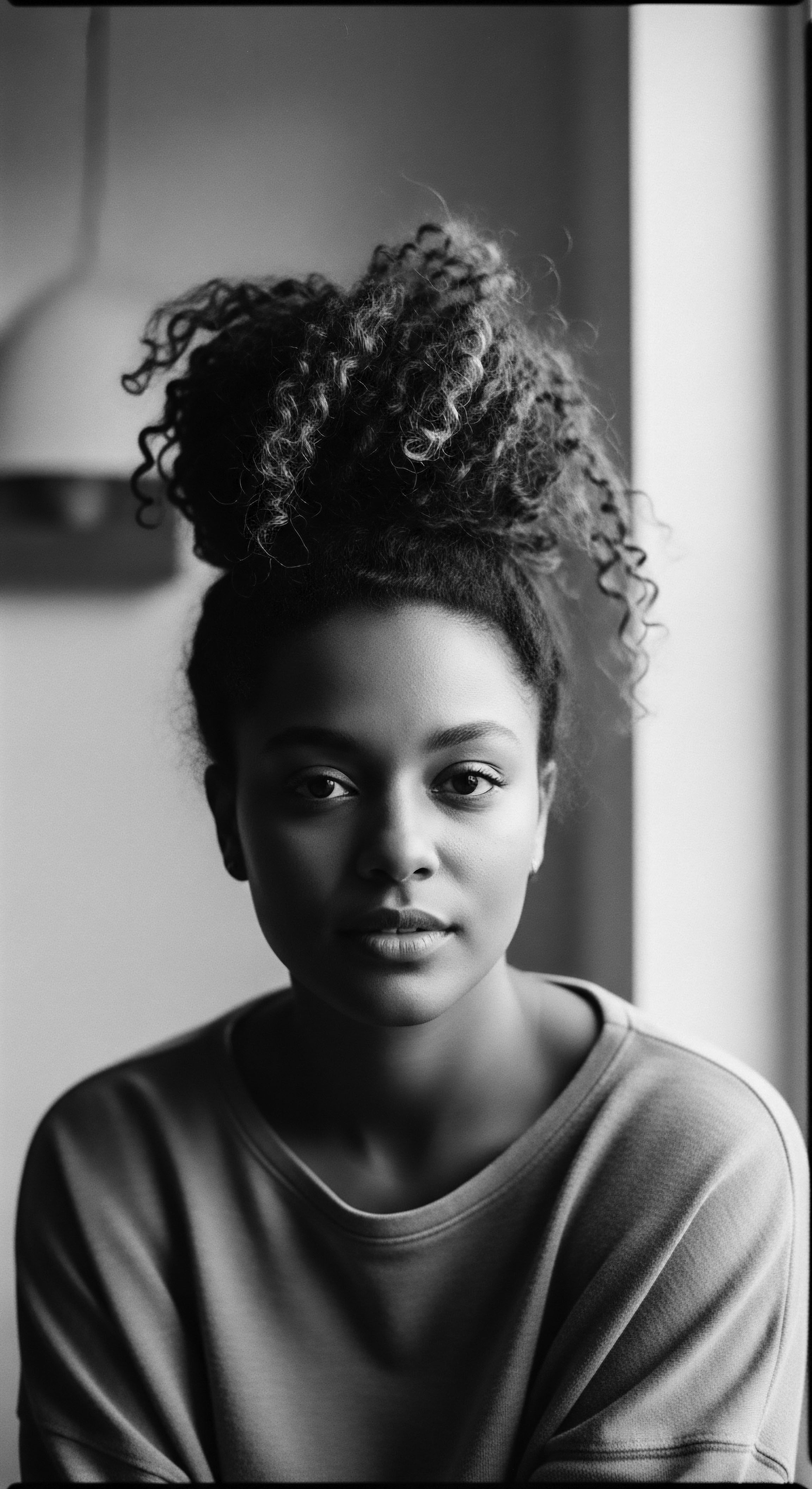
Ingredient Deep Dives For Textured Hair Needs
The heritage of textured hair care is inextricably tied to the rich pharmacopeia of traditional ingredients. These natural compounds, often sourced locally, formed the basis of ancestral hair care and continue to be revered for their efficacy.
- Shea Butter (Butyrospermum parkii) ❉ Extracted from the nuts of the African shea tree, this butter is a cornerstone of moisturizing and sealing in textured hair care. Its properties protect the hair shaft from environmental damage and moisture loss, a practice deeply embedded in West African communities for centuries.
- Castor Oil (Ricinus communis) ❉ Popular in various parts of Africa and the Caribbean, this thick oil has been used for scalp health and to promote strength. Its humectant qualities draw moisture to the hair, supporting its vitality.
- Aloe Vera (Aloe barbadensis miller) ❉ A succulent plant known for its soothing and hydrating properties, used traditionally to calm irritated scalps and add moisture to dry strands.
- Chebe Powder (Croton zambesicus) ❉ From Chad, this mix of herbs has gained contemporary recognition for its use in minimizing breakage and supporting extreme length retention, applied to the hair and braided in a long-standing practice.
These traditional ingredients represent a profound understanding of botanical science, developed through observation and generations of experiential learning. They offer insights into sustainable, natural approaches to hair care that prioritize health and longevity.

Holistic Influences On Hair Health
The heritage of textured hair care extends beyond physical applications, encompassing a holistic approach to wellbeing. In many ancestral cultures, hair was viewed as a conduit to the spiritual realm, a reflection of one’s inner state, and a vital part of one’s identity. This perspective meant that hair health was intertwined with overall physical, mental, and spiritual harmony. Dietary practices, community support, and stress reduction were all implicitly linked to the vitality of one’s hair.
This holistic philosophy contrasts sharply with more fragmented modern approaches that often compartmentalize hair care from general wellness. The ancestral understanding suggests that healthy hair is not simply a result of external products but a manifestation of internal balance and environmental attunement. This deeply embedded cultural perspective reinforces why protective styles endure; they are not merely functional tools for hair management. They are practices that acknowledge the hair’s intricate connection to the whole self, to community, and to a lineage of wisdom that saw hair as a sacred, living extension of identity.
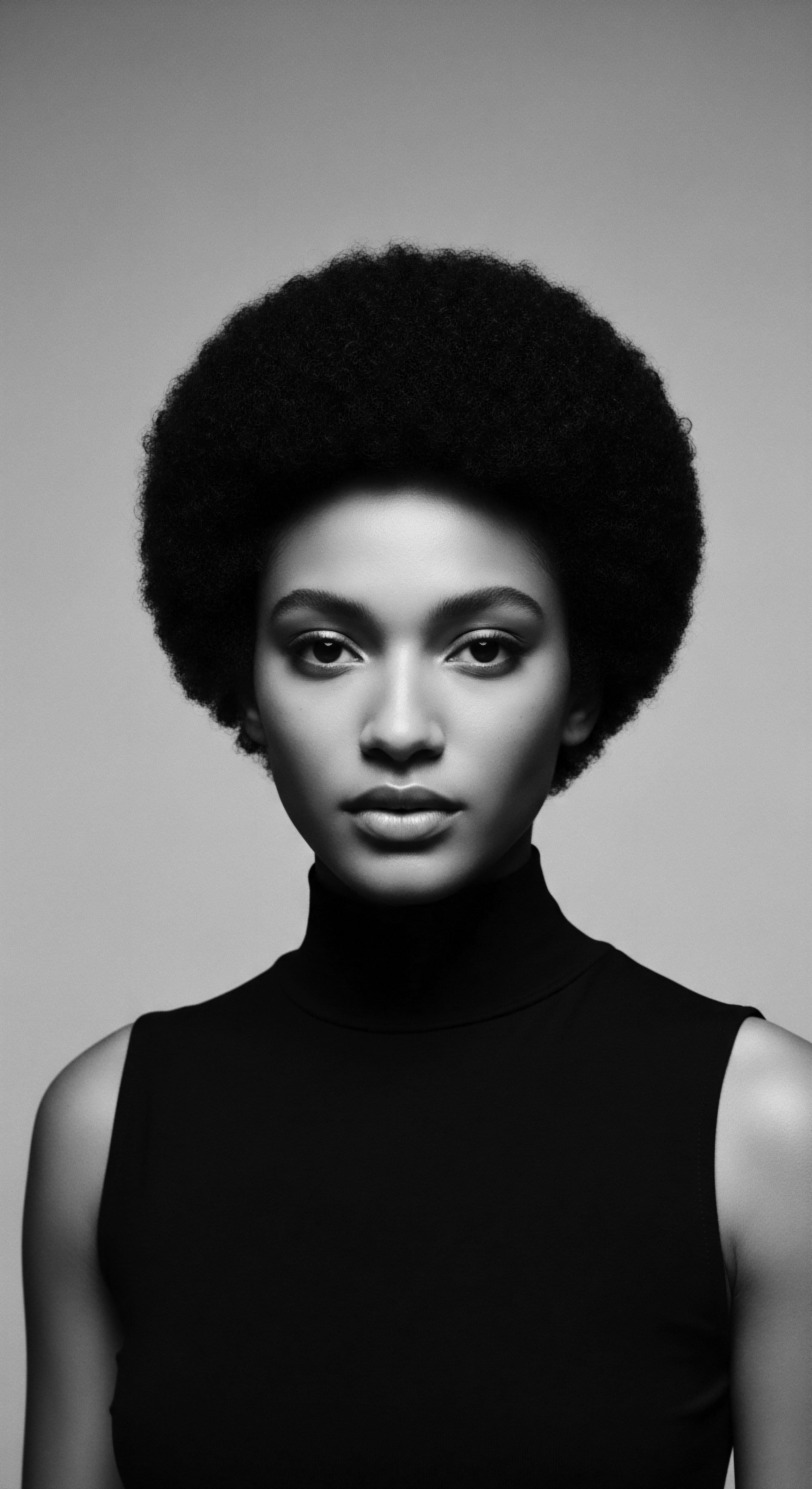
Reflection
The journey through the heritage of textured hair reveals a profound truth ❉ protective styles are not ephemeral trends but living traditions, echoing through time with unwavering purpose. They are a testament to the ingenious spirit of Black and mixed-race communities, a legacy written not in ink, but in strands. From the very first coil that formed, to the hands that first braided it for preservation, to the scientific discoveries that now explain its unique structure, each step reinforces a timeless connection to care and cultural continuity.
This is the Soul of a Strand, a realization that our hair carries more than just genetic code. It carries the wisdom of ancestors who understood that strength lies in protection, that beauty emerges from thoughtful cultivation, and that identity can be powerfully expressed through the very fibers of our being. The enduring presence of these styles stands as a vibrant, breathing archive, constantly reminding us that to care for textured hair is to honor a lineage of resilience, creativity, and profound self-acceptance. It is to participate in a sacred ritual, one that safeguards not only our hair but also the very essence of who we are and who we are becoming.

References
- Byrd, Ayana D. and Lori L. Tharps. Hair Story ❉ Untangling the Roots of Black Hair in America. New York, NY ❉ St. Martin’s Press, 2002.
- Dabiri, Emma. Twisted ❉ The Tangled History of Black Hair Culture. New York, NY ❉ HarperCollins, 2020.
- Johnson, Chelsea Mary Elise. Natural ❉ Black Beauty and the Politics of Hair. New York, NY ❉ New York University Press, 2024.
- Lashley, Myrna. “The Importance of Hair in the Identity of Black People.” Érudit, vol. 7, no. 1, 2017.
- Rawick, George P. The American Slave ❉ A Composite Autobiography. Westport, CT ❉ Greenwood Publishing Company, 1972-1979.
- White, Shane, and Graham White. “Slave Hair and African American Culture in the Eighteenth and Nineteenth Centuries.” The Journal of Southern History, vol. 61, no. 1, 1995, pp. 45-76.
